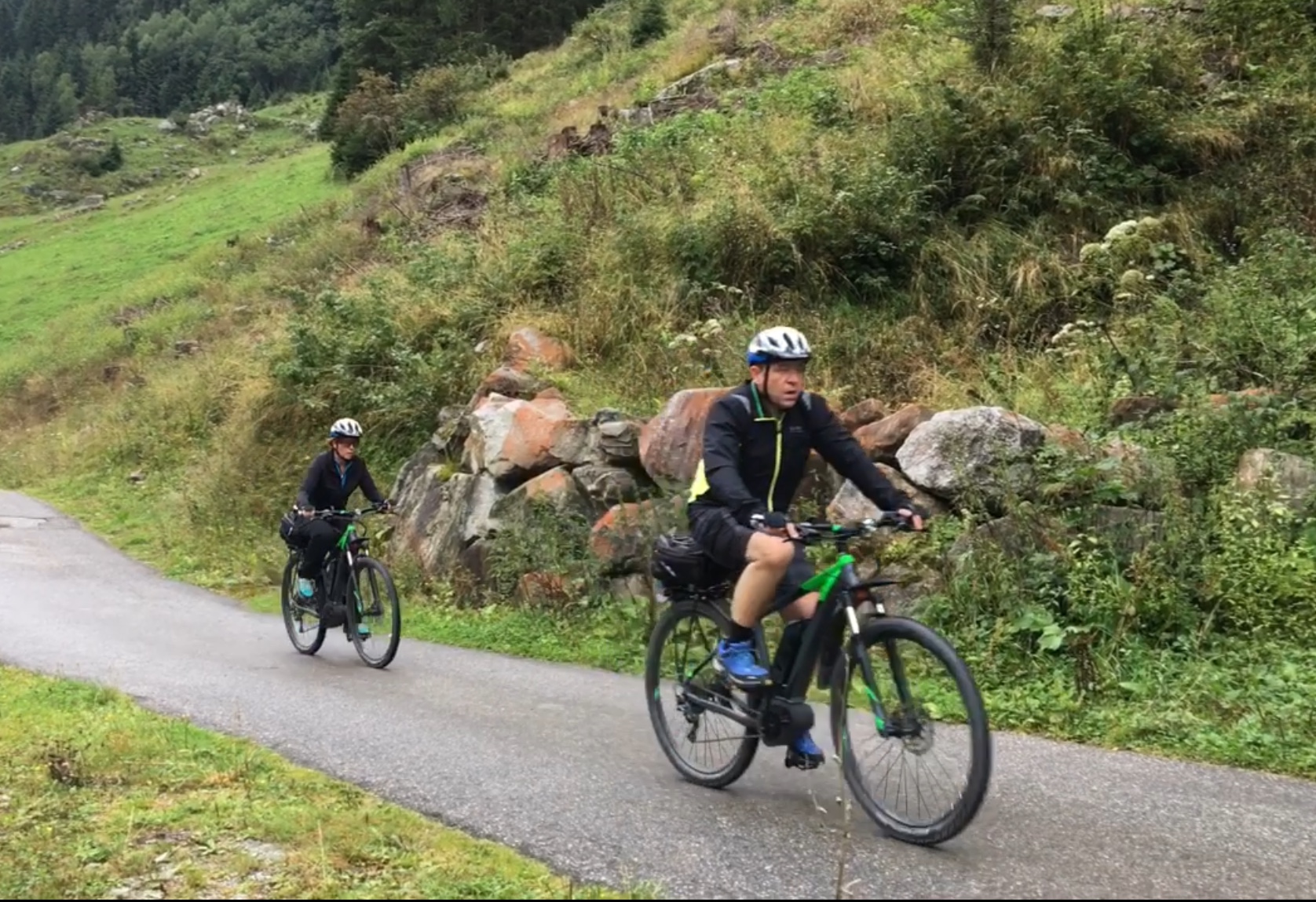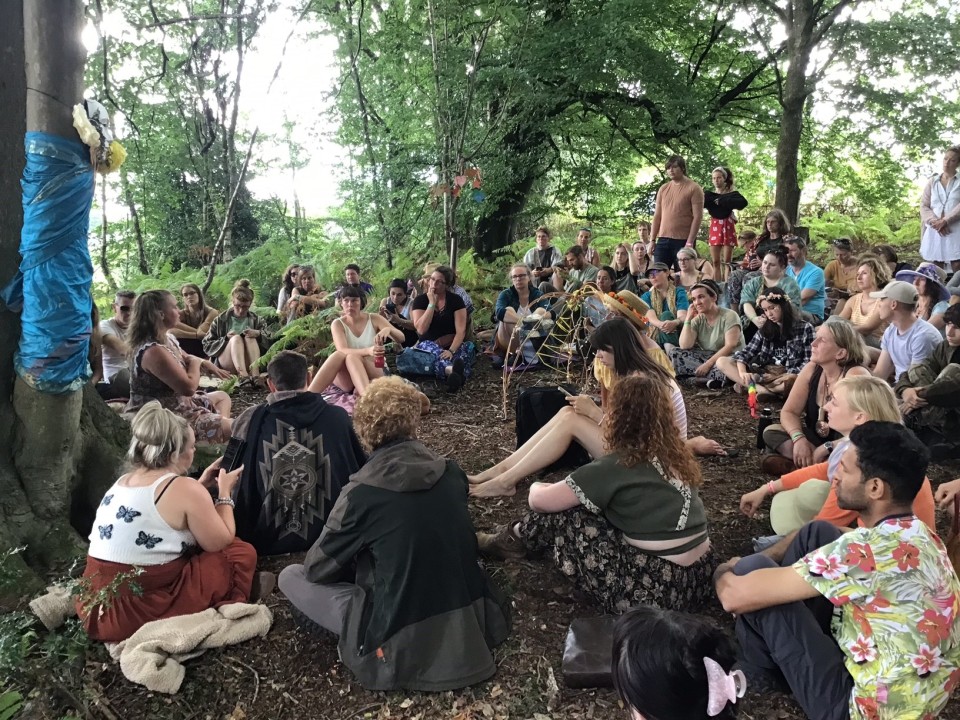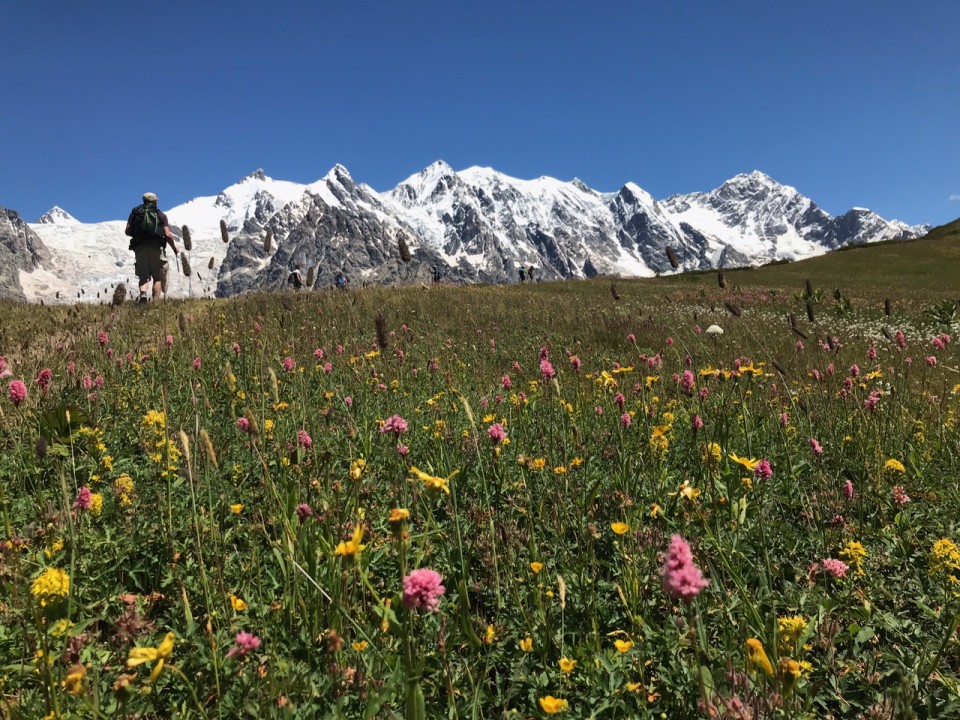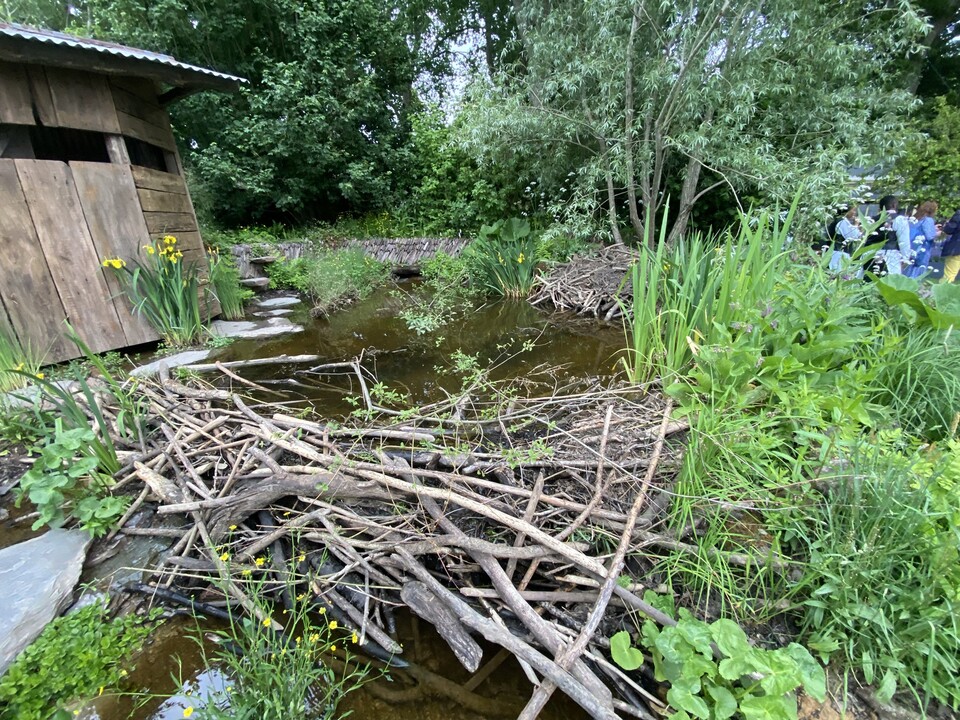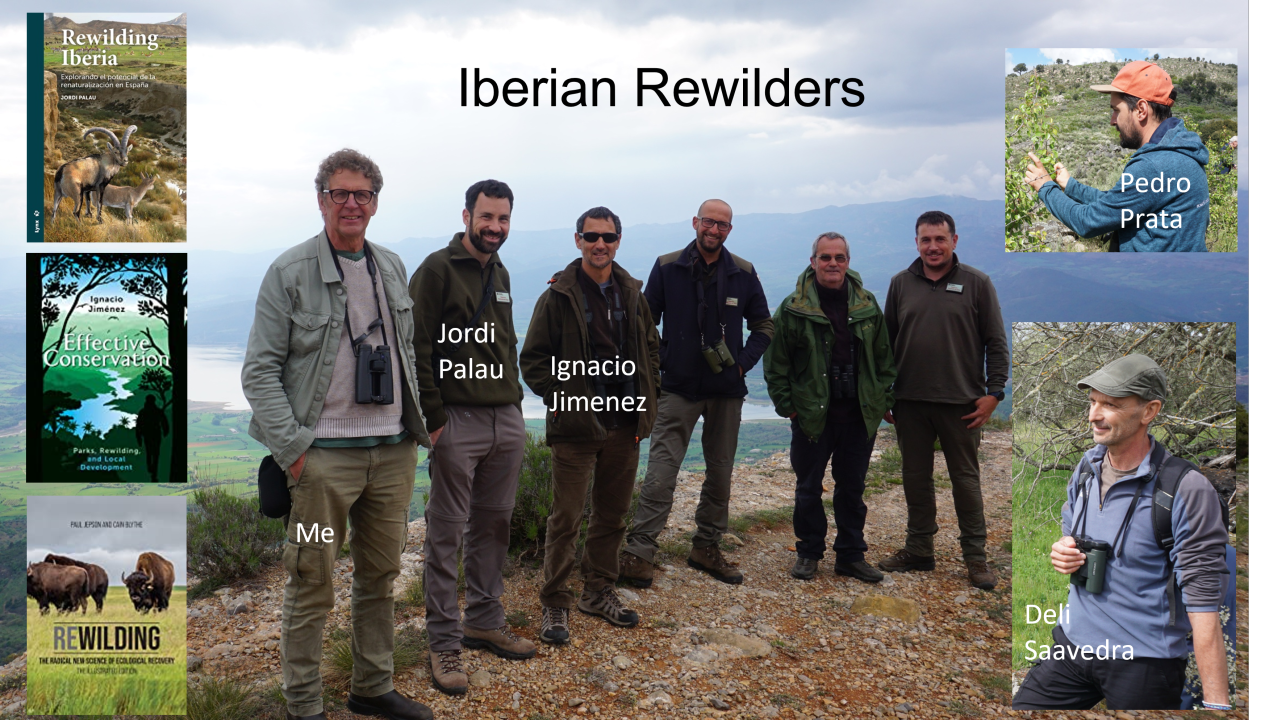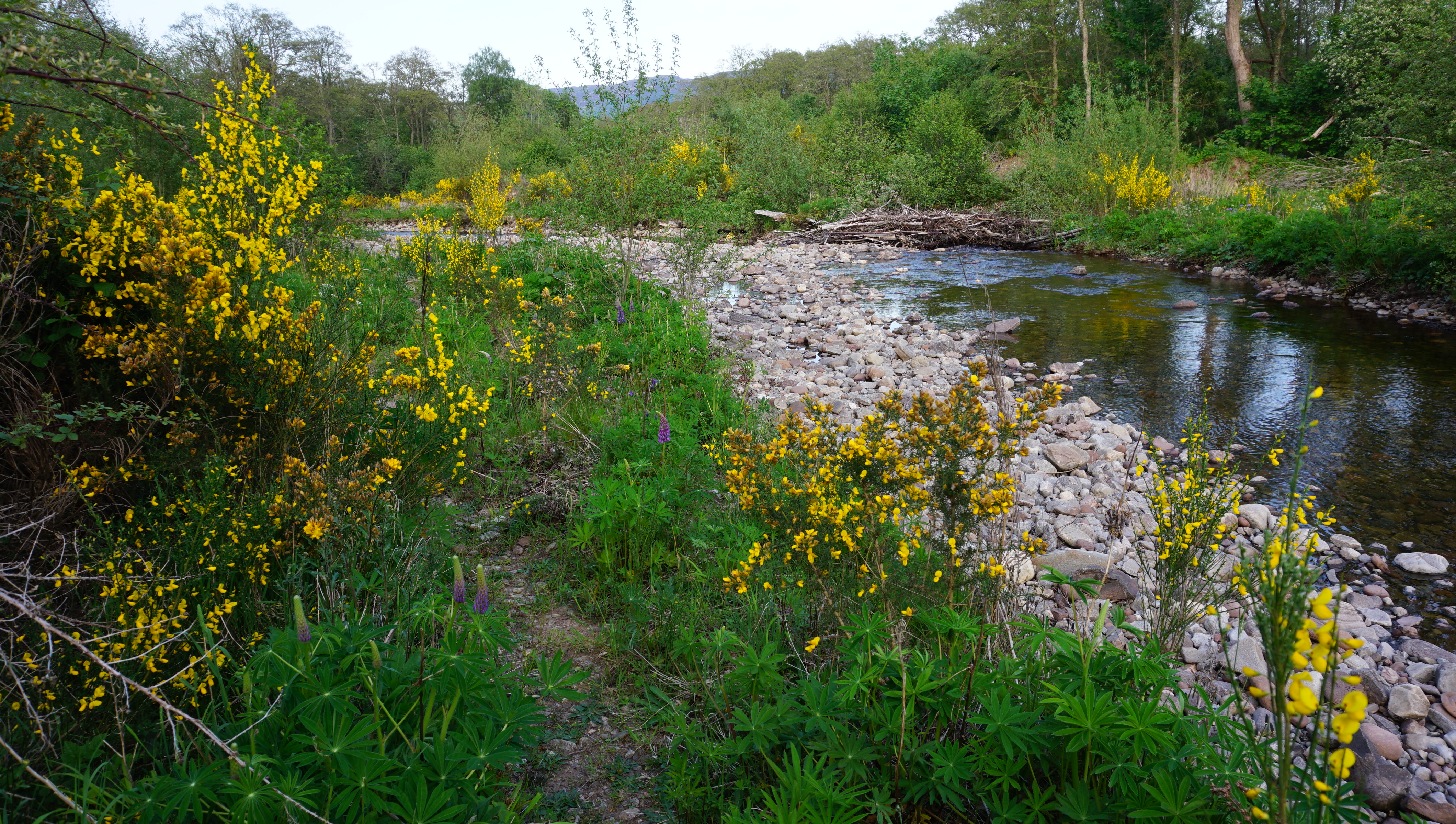Spending time in upland landscapes is an uplifting experience, but one that for many seems inaccessible. There is a sense that you need to be fit, have the right kit and know the ropes. If you don’t the only option is a day trip by minibus or car which is fine, but doesn’t quite deliver the same feeling of a day away from it all, actively experiencing nature and the elements.
e-bikes, or rather e-mountain bikes, are changing all of this. By providing the legs with a boost they take away the strain and pain of the hills, freeing the rider to enjoy the scenery, cover terrain, keep alert for wildlife, and enjoy the thrill of long down hills.
Mountain e-bikes look and are cool. In the Alps they can be rented for €35-40 per day from bike shops and hotels, who in turn lease them from fleet hire companies. This arrangement means that the supply of mountain e-bikes can scale quickly. This is great for the visitor and local businesses but it means that natural area managers will need to respond to this new form of recreation: for instance mountain bikes and hikers don’t mix well on the same trails.
Personally, I see mountain e-bikes as an opportunity to transform upland recreation and visitor management. Many alpine and upland destinations are responding to the increase in car-based visitation with rural ‘Park & Ride’ approaches. Mountain e-bikes offer an additional solution and one that could spread visitors over a wider area. For example, e-bikes in combination with the long distance mountain bike trails being established by Alpine societies create the opportunity for touring holidays and the development of tourism-based economies in less popular mid-altitude areas.
Innovating with the built in electronics of e-bikes could unlock their transformative potential. For example, e-bikes could be equipped to log when they pass electronic gates charging an access fee to ‘premium’ trails. This could be collected by businesses renting the bike and the revenues used to raise investment to build and maintain new trail infrastructure. Equipment could be designed to collect user-generated data on stops, slow, fast and tricky stretches, that could be used to grade trails and inform trail management and development. Electronics could also be designed to link
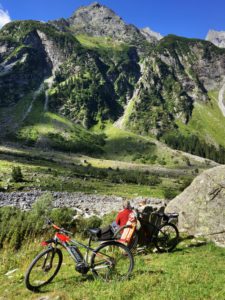
the bike with popular recreation apps such as Strava thereby integrating the mountain biking experience into a people’s wider recreat
ional life.
There could also be exciting synergies between Mountain e-bikes and the rising popularity of wildlife photography. Photography kit remains heavy and equip
ping mountain e-bikes with appropriately designed racks would enable photographers to reach new areas and support investments a new generation of wildlife photography hides.
Mountain e-bikes have arrived. It’s time for natural area managers to think creatively about how they can be embraced to connect nature, people and economy.

